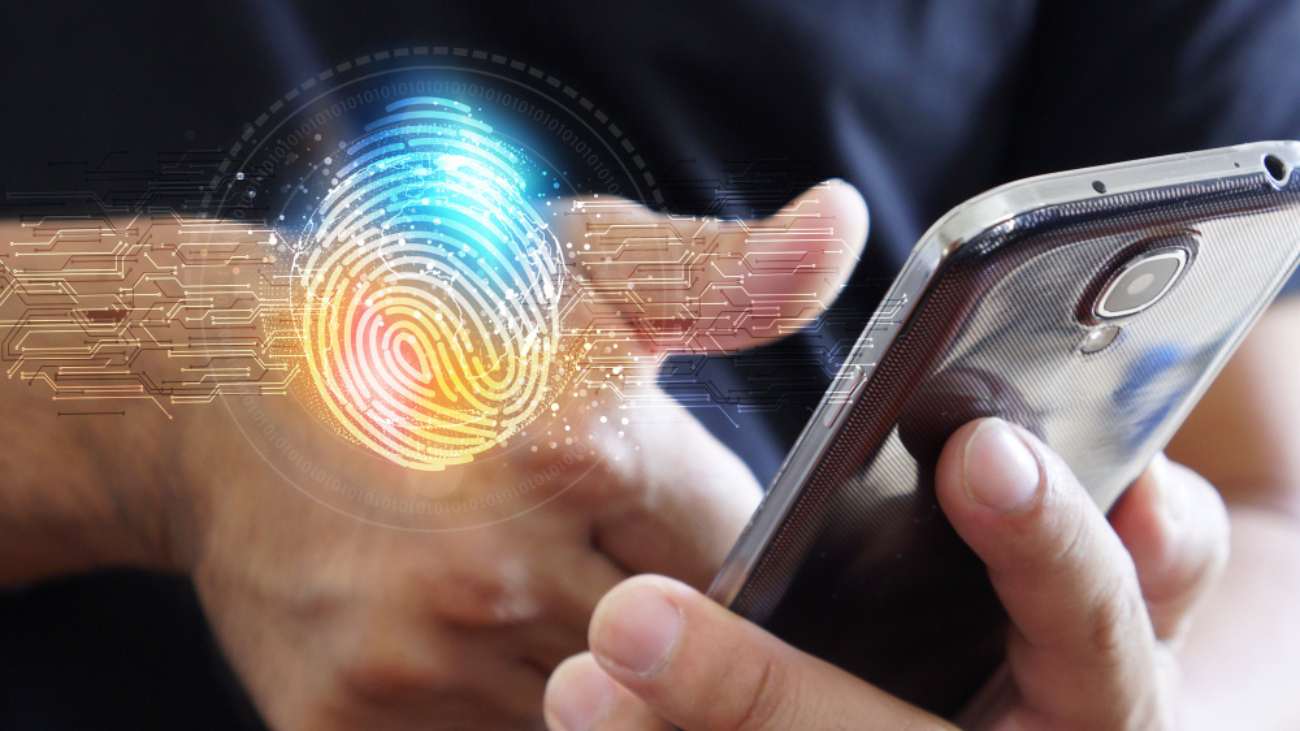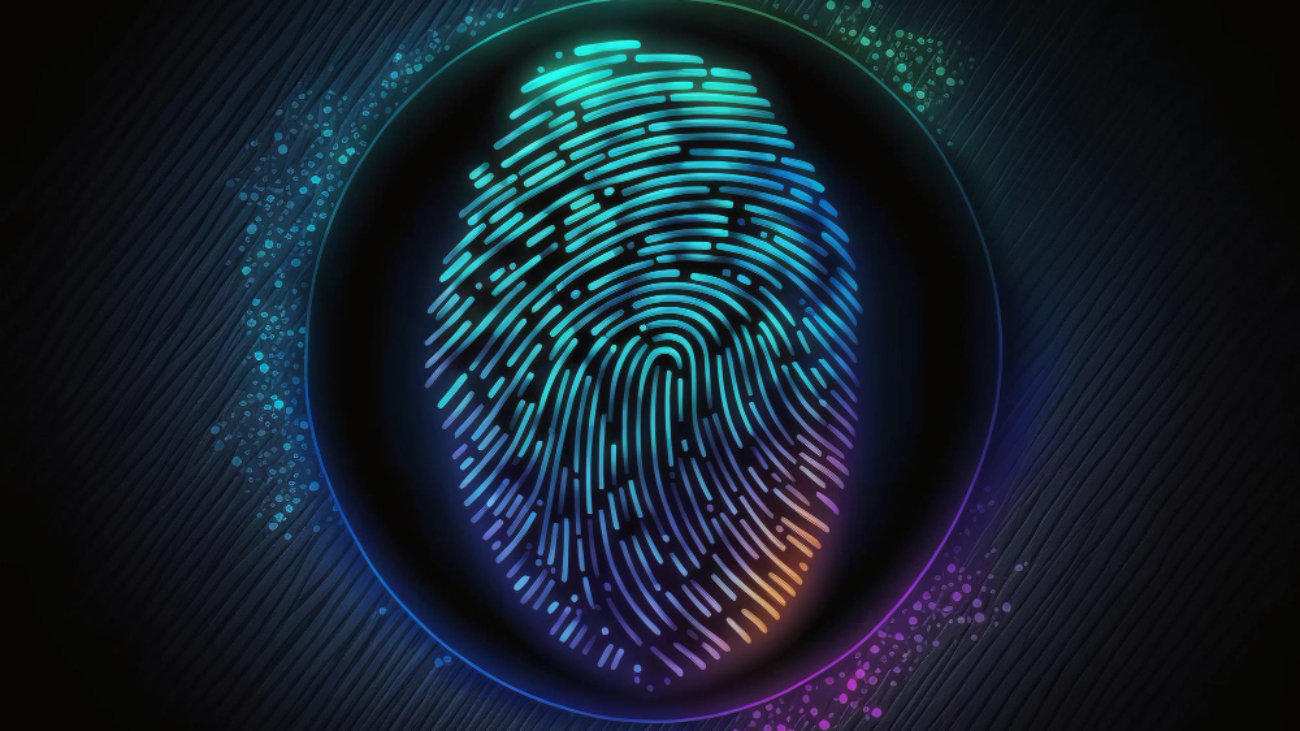Our everyday lives revolve around digital transactions stated Bahaa Abdul Hadi. Identity theft is now a constant concern. From pilfers of personal data to frauds, cybercriminals are progressively focusing on weak data to take advantage of people and businesses. Dependent on central databases, traditional identity management solutions have been shown to be vulnerable to hackers and leaks. Still, a potential fix is developing: decentralized identity (DID).
What is decentralized identity?
Rather than depending on centralized authority like governments or businesses, a new method of identity management called “decentralized identity puts control back into the hands of people.” It creates a safe, unchangeable record of identification attributes using blockchain technology, which can be accessed and validated free from depending on a central point of failure. Said another way, you hold and control your identity safely on a distributed network rather than storing your personal data in a centralized database that might be compromised.
What is Decentralized Identity’s mechanism?
Blockchain technology’s fundamental ideas form the basis of distributed identification. Considered a distributed ledger guaranteeing openness, security, and immutability, a blockchain is a distributed identity is linked to the blockchain, where the creator uses private keys to manage access to their personal data. Users contribute just what is required instead of sensitive data shared with third parties or kept on a susceptible central server; the data is verified by cryptographic proofs.
Decentralized identity operates step-by-step as follows:
- Creation: The user generates their distributed identity, which associates with a special cryptographic key pair—public and private keys.
- Verification: Trusted third-party entities—issuers such as banks, colleges, or governments—can offer anchored-to-the-blockchain certified credentials, including a digital ID card, passport, or driver’s license.
- Authentication: Every time a user wants to authenticate themself, they can provide the pertinent information but simply the bare minimum. The blockchain cryptically signs and verifies this data.
- Control: The user can cancel access at any moment and entirely controls who has access to which bits of their data.
How Decentralized Identity Staves Off Identity Theft
Reduced Risk of Centralized Data Breaches:
Lowered Centralized Data Breached Risk Conventional identity management systems depend on central databases of personal data, which are main targets for cybercriminals. As some of the largest data breaches in recent years attest to, a single breach can expose millions of people’s data. Decentralized identification distributes identity data over the blockchain, therefore negating this centralization and greatly challenging hackers’ ability to penetrate.
User Control and Privacy:
One of the main advantages of distributed identity is that it gives people total control over their own data, therefore respecting their privacy. Users of conventional systems have to give businesses personal data, including passwords, social security numbers, and financial information under trust. Under a distributed system, on the other hand, users can restrict who accesses this data and only share particular information as needed. This exact control lowers the possibility of data theft or usage.
Tamper-Proof Records:
Underlying distributed identities, blockchain technology guarantees that once data is entered, it cannot be changed or tampered with. This gives great faith that the information connected to an identity is reliable and safe. A hacker cannot change the identification records even if they compromise a portion of the network since the blockchain stores the records across several nodes, which makes manipulation quite challenging.
Conclusion
Distributed identity presents a novel approach to protecting personal information in a time when identity theft is a rising issue. Diversifying control, improving privacy, and guaranteeing the integrity of identity records helps distributed identity to offer a robust defence against the ubiquitous threat of cybercrime.
Adoption of this technology will probably become a pillar of safe digital identities and a must-have instrument in the battle against identity theft as it rises. Thank you for your interest in Bahaa Abdul Hadi blogs. For more information, please visit www.bahaaabdulhadi.com.







